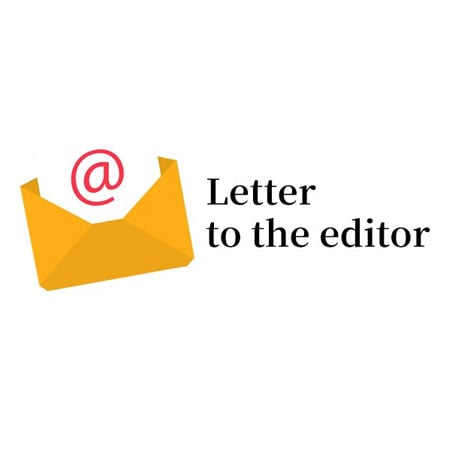
Social media is arguably the most effective tool of communication in the contemporary world. One cannot at all deny the very many pros that social media stands for. However, one cannot either deny social media’s role of a rumour mill, mostly involved in dissemination of misleading information, at times posing grave problems to people, even threatening their lives. Moreover, flow of lies and deceits on social media leads to erosion of public trust in the realm of social discourse.
Algorithmic bias is one of the key reasons why disinformation multiplies so fast on social media. Platforms like Facebook, Twitter and Instagram offer the users the content that is potentially most engaging for them. Such algorithmic bias facilitates mass distribution and propagation of unverified information because, before it is fact-checked and ruled out to be misleading, it has already gone viral. This very nature of virility on social media makes it hard to halt misleading disinformation. And this leads to the wide spread of misconceptions that may even outlast the truth.
For their part, social media practitioners must uphold certain ethical standards — like avoiding spread of misinformation, respecting confidentiality and maintaining transparency. But the lack of accountability allows a free reign to social media professionals to disregard such standards in their pursuit of attracting followers or running a particular campaign. Use of bots and other false accounts to deceptively step up such campaigns exacerbates the situation. Under the circumstances, governments often have a hard time tackling such hostile tendencies.
Social media companies are increasingly trying to respond to this serious challenge by engaging in fact-checking partnerships, content moderation and user education initiatives. Still, most efforts have been questioned for consistency and effectiveness. Users, meanwhile, also have a role to play in the fight against disinformation: high media literacy and critical thinking skills can empower a person to understand the difference between what is true and what is false.
To conclude, social media has revolutionised the way communication takes place, but at the same time, it has become a battleground for winning subscribers — by crook rather than by hook. For a remedial action, collaboration between the social media platforms, policymakers and users is a must. There is need for all stakeholders to do their bit in order for an informed and educated society to flourish.
Rumisa Malik
Karachi